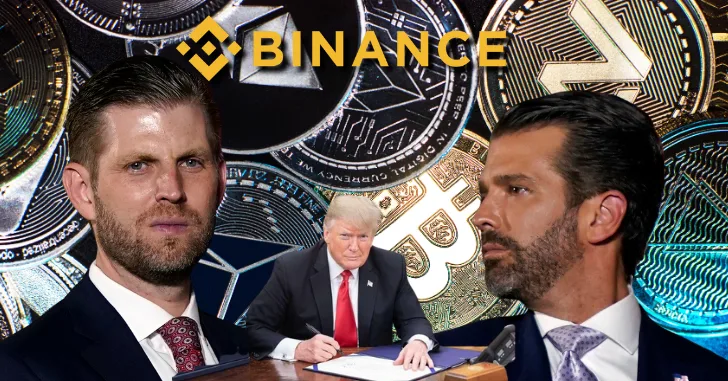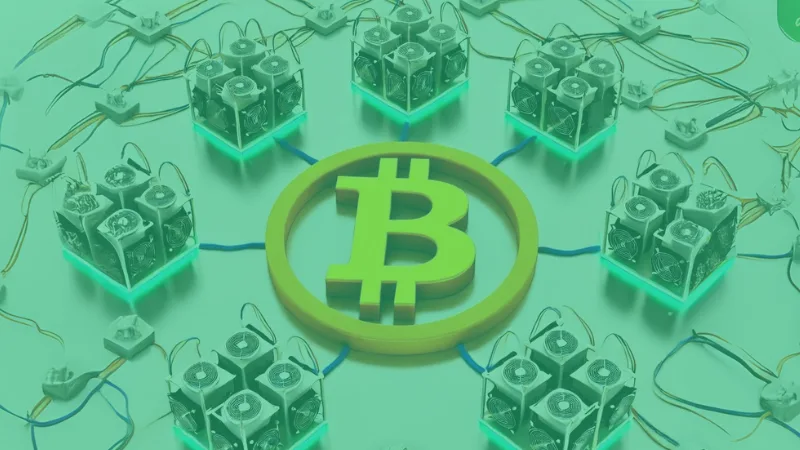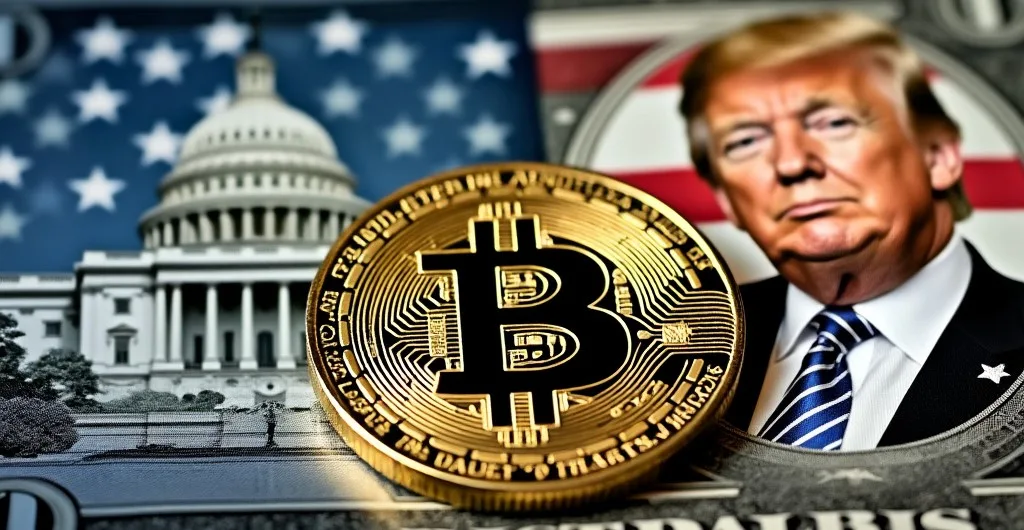In a move that has the financial world buzzing, World Liberty Financial (WLF) — a decentralized finance venture linked to the Trump family — has announced its USD1 stablecoin will be used to facilitate a staggering $2 billion investment in Binance Holdings Ltd. by Abu Dhabi’s MGX investment fund. The fusion of politics, crypto, and geopolitics couldn’t be more explosive.
What Is World Liberty Financial?
World Liberty Financial is not your average crypto startup. Founded in early 2025, WLF is a decentralized finance (DeFi) project that launched the USD1 stablecoin — a digital token pegged 1:1 to the U.S. dollar and backed by U.S. Treasuries and cash equivalents.
What sets WLF apart is its high-profile backing. The Trump family isn’t just involved — they’re at the helm:
- Donald Trump serves as WLF’s “chief crypto advocate”
- Eric Trump and Donald Trump Jr. are “Web3 ambassadors”
- Barron Trump is referred to as the “DeFi visionary” of the project
- A Trump-affiliated entity owns a 60% stake in the company and is entitled to 75% of revenue generated from stablecoin sales
According to CoinDesk, the stablecoin has already been integrated across Ethereum, Binance Smart Chain, and is preparing to launch on the Tron blockchain, with support from crypto figure Justin Sun.
The MGX-Binance Deal: Why It Matters
On May 1, 2025, WLF announced that USD1 would be used as the medium of exchange in a $2 billion investment by Abu Dhabi-based MGX into Binance, the world’s largest cryptocurrency exchange by volume. The deal is notable not just for its size — one of the largest institutional crypto investments to date — but for the way it’s structured and who’s involved.
MGX is chaired by Sheikh Tahnoon bin Zayed Al Nahyan, the UAE’s national security advisor and a close ally of President Trump. By using a Trump-affiliated stablecoin to fund the transaction, the deal represents an unprecedented entanglement of politics, private finance, and international relations.
According to Reuters, MGX selected USD1 as its “official stablecoin” for the transaction due to its “transparent reserve structure” and “direct alignment with U.S. financial systems.”
Binance’s Controversial Past
The investment comes at a precarious time for Binance. In 2023, the exchange pleaded guilty to violating U.S. anti-money laundering laws and agreed to pay over $4 billion in penalties. Its founder and former CEO, Changpeng Zhao (CZ), stepped down and served a four-month federal prison sentence.
Though Binance remains a behemoth in the crypto world, it’s currently under a U.S. court-appointed monitor’s watch — and CZ is reportedly seeking a presidential pardon from Donald Trump, who currently holds the White House.
The optics of a Trump-linked investment vehicle facilitating a bailout of sorts for Binance have not gone unnoticed.
A $2 Billion Transaction — But From Where?
Blockchain analysts have identified a wallet that received nearly $2 billion worth of USD1 stablecoins between April 16 and April 29, 2025. This wallet has now been linked to the MGX-Binance deal.
However, as The Guardian reports, the wallet’s true ownership is hidden behind layers of anonymized transactions — raising major transparency concerns.
If this wallet belongs to MGX, it confirms that real institutional capital is backing the project. But if not, critics argue that the Trump family may be facilitating undisclosed transactions with opaque intent, particularly at a time when President Trump’s administration is shaping crypto regulation.
Ethical and Legal Storm Clouds
This deal presents a minefield of ethical and legal issues.
1. Conflict of Interest
With President Trump actively promoting WLF while holding public office — and with his family financially tied to the company’s profits — the transaction raises serious conflict-of-interest concerns. Critics argue that it blurs the line between public policy and private profit.
2. Foreign Influence
The involvement of MGX, a UAE government-backed entity, and its use of a Trump-family stablecoin could invite scrutiny under the Foreign Agents Registration Act (FARA) and anti-corruption statutes. At a minimum, it raises questions about foreign influence over U.S. crypto infrastructure.
3. Crypto Regulation and Favoritism
The Trump administration has taken a hands-off approach to regulating stablecoins — which may directly benefit USD1. With the President’s family financially benefiting from stablecoin issuance, skeptics argue that this is a textbook case of regulatory capture.
4. Presidential Pardon Controversy
Binance’s founder, CZ, has not ruled out requesting a pardon from President Trump. If that happens — and the Trump-affiliated WLF is financially linked to Binance’s survival — it could become one of the most controversial uses of presidential power in U.S. history.
The Bigger Picture: Politics, Profits, and the New Crypto Order
Regardless of how this deal unfolds legally, it’s already reshaping perceptions of crypto’s future. Traditionally, decentralized finance was seen as a way to break free from elite influence. But now, the most powerful DeFi platform in the world may be one backed by a former president and his billionaire allies.
From an investor’s perspective, the signal is clear: major players are betting big on stablecoins — and geopolitical connections are playing an increasing role in crypto valuations.
Implications for Investors
Here’s what investors need to watch:
- USD1’s credibility and adoption: If USD1 gains traction as a transaction medium for major deals, its legitimacy — and valuation — could rise quickly.
- Regulatory response: The Biden or future administrations may push for transparency and new laws to prevent conflicts of interest involving crypto and public officials.
- Binance’s future: If the $2B investment goes through and CZ receives a pardon, Binance could stage a comeback — making it once again a dominant force in crypto trading.
- Stablecoin ecosystem shifts: With Tether (USDT) and USDC still dominating, USD1’s ability to compete hinges on whether it becomes a regulatory darling or target.
Just a Business Transaction?
The $2 billion investment by MGX into Binance using the Trump-family-backed USD1 stablecoin is more than a business transaction — it’s a seismic political and financial event.
It represents the merging of DeFi and global geopolitics, with potential ramifications for crypto markets, national policy, and even the 2028 election cycle. Whether this is the beginning of a new era in state-aligned cryptocurrency — or the spark for massive regulatory pushback — remains to be seen.
But one thing is clear: crypto is no longer the fringe. It’s at the center of the world’s power games.





